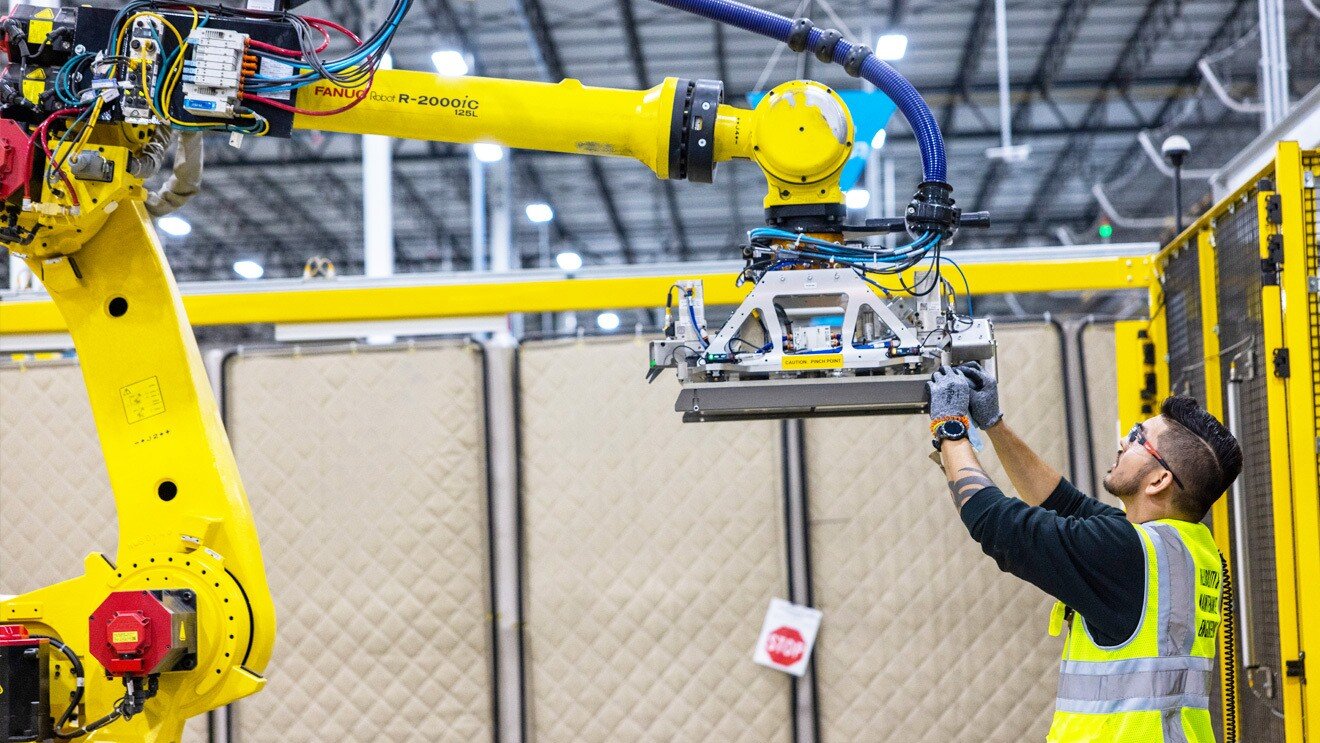Training Employees to Work Alongside Robots
/Many conversations about robots and automation in the workplace come buddied up with conversations about robots taking over humans’ jobs. But most studies show that cumulative jobs aren’t expected to drop—the jobs are just expected to change.
As robots take over repetitive, manual, and even dangerous work, humans are working alongside them more and more. Until robots are sentient, humans still need to design, build, program, and maintain robots—and jobs in those roles are growing.
From About Amazon
Amazon is known for its early and growing use of robots throughout its facilities. To help upskill current workers and train them to work with and on the robots, Amazon created the Mechatronics and Robotics Apprenticeship (MRA) program. The program feeds into the Reliability, Maintenance, and Engineering (RME) team, which, according to Amazon, “works to maintain, troubleshoot, and repair the equipment that handles physical material within our global network of Fulfillment Centers.”
Amazon may not be nominated for a “greatest place to work” award, especially in the fulfillment centers, but this step to train current employees for changing needs makes sense. There’s no prior mechanical or robotics experience necessary, and they’re focused on putting current employees through the program for the time being.
The MRA program is 12 weeks of paid learning onsite at one of Amazon’s five college partners, followed by 2,000 hours of on-the-job training at Amazon or with one of their hiring partners. Participants graduate with the industry certifications needed for technical maintenance roles and are placed in a job at Amazon or elsewhere. Amazon claims a 100% conversion rate into job placement after program completion, and says 95% of employees placed at Amazon from this program are still there.
While many robotics education programs—namely 4-year degrees—remain out of reach for many who could excel in the field, Amazon’s MRA is filling a skills transition gap. Enterprises may have to build their own programs like this while the education sector builds out industry-wide curriculum.
Since they’re taking over the world, it’s probably best we learn to work with robots, rather than against them.



